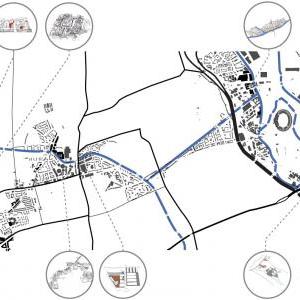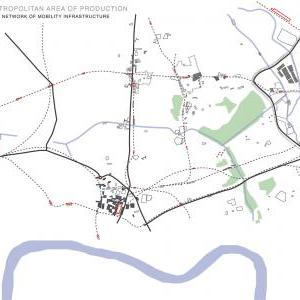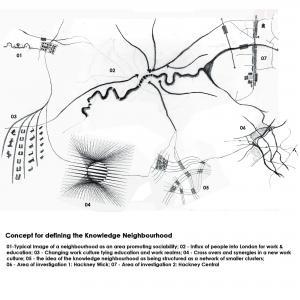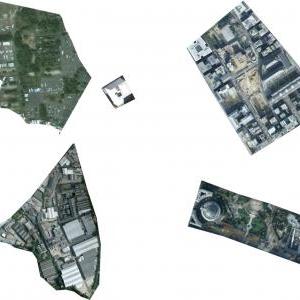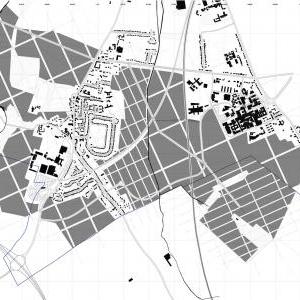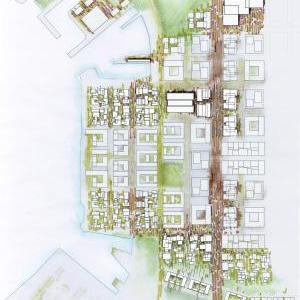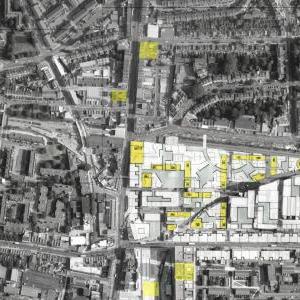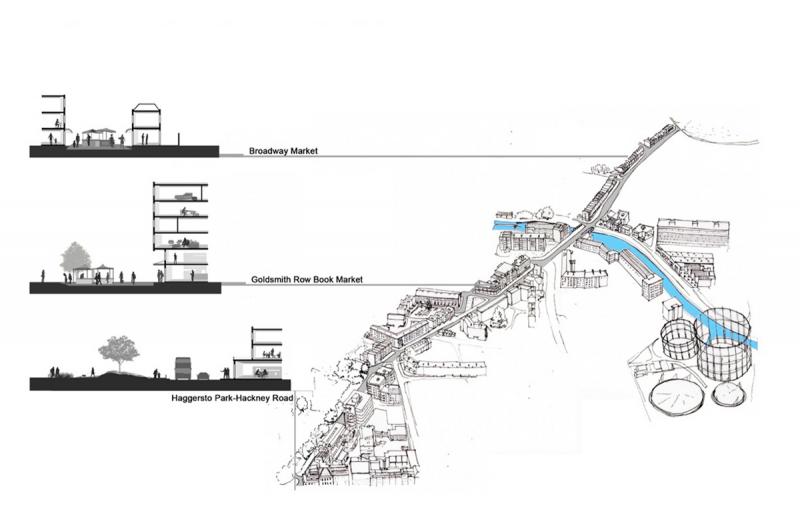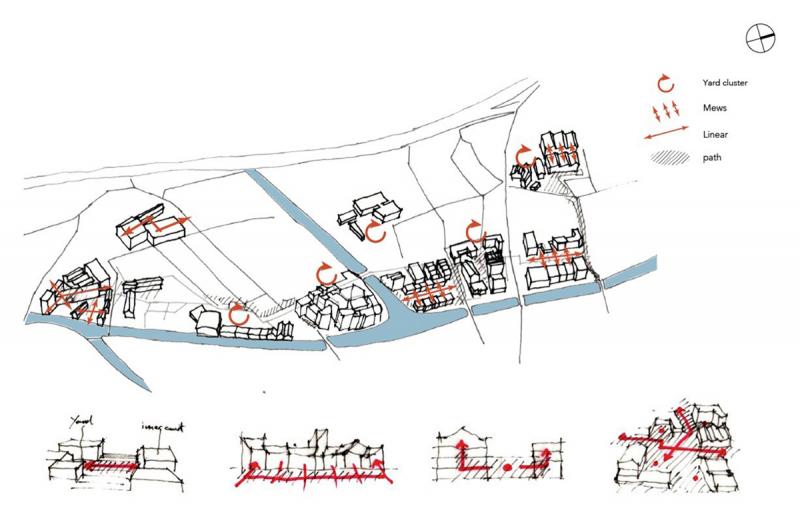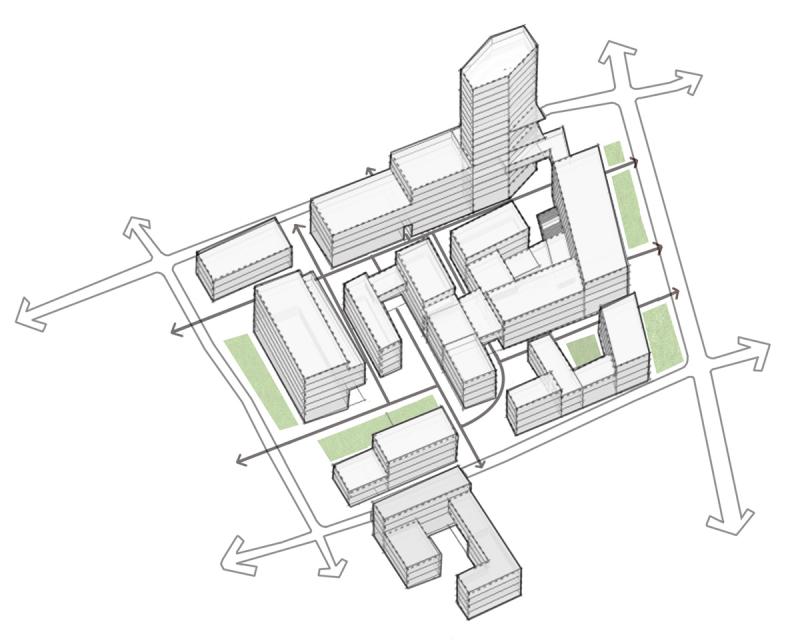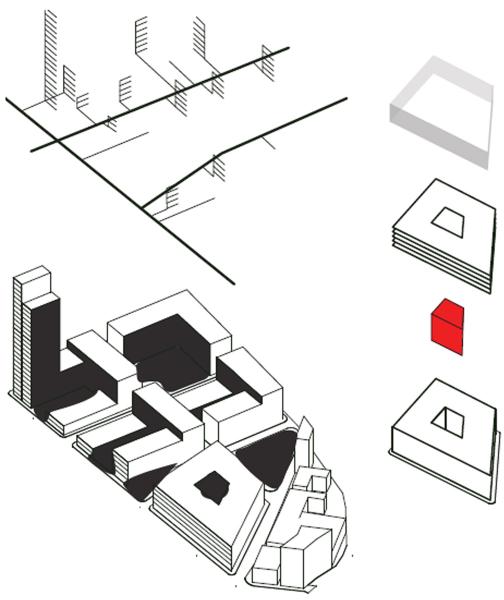The Housing and Urbanism Programme applies architecture to the challenges of contemporary urban strategies. Today’s metropolitan regions show tremendous diversity and complexity, with significant global shifts in the patterns of urban growth and decline. The programme investigates how architectural intelligence advises us to understand and respond to the changing urban condition. Housing is explored both as a major critical aspect of urbanism and as a means to reflect upon changing ideas of living space and domesticity, identity and public space.
Offering a 12-month MA and a 16-month MArch, the programme engages with cross-disciplinary research as well as applicable design work. It combines design workshops, lectures and seminars, and a final MA thesis or MArch project, which consists of detailed individual work. The programme explores the interplay between graphic tools and writing in order to develop ideas and research about the urban condition and to develop skills for intervening as urbanists through spatial design.
There are three current research themes of H&U work: the role of urbanism in enhancing ‘innovation environments’ and ‘knowledge-based’ clusters; the idea of living space and housing, along with issues of mix, density and urban intensification in which architecture is viewed dynamically in relation to a process of urbanisation; and the exploration of an appropriate urbanism that address irregularity and informality allowing engagement with the interaction of spatial strategies and urban social policies.
This year’s design workshops have taken place in the Fitzrovia area of central London; in the Lea Valley in east London; and in Taiwan – collaborating with the National Cheng-Kung University. These design workshops have addressed the processes of urban development related to knowledge-based economies, and the potential for synergies between existing and new urban cultures. The programme’s work was complemented by a study visit to the Netherlands.
As with previous years, the work of the H&U programme forms the foundation for international collaborations and publications.
London Design Workshop 1
East London and the Lea Valley
This large inner periphery area is fragmented, with heterogeneous uses, including the Olympics site, and much redundant space. It presents an important opportunity for London to imagine new urban development models relevant to a shift to a knowledge based economy. Three groups developed proposals for spatial intervention at a range of sites within the area. The work addresses the three themes of our overall research during the year: knowledge neighbourhoods; adaptable/resilient spaces; infrastructure urbanism.
In the context of competitive global cities, London seeks to establish its position as a main centre of a knowledge based economy. The “Silicon roundabout” in the edge of east London has grown to be a centre of Hi Tech which many hope can be sustained, whereas politicians are introducing plans which will attract investments and might push away the small emerging start-ups. On the other side of East London , the 2012 Olympic Games have presented an opportunity of regeneration and new possibilities for redevelopment. East London will be soon transformed from a neglected post- industrial land on the edge of the city, to the new part of the expansion of the city, benefiting from the infrastructure and new investments that the Olympic Games introduced.
In order to understand the characteristics of a knowledge based economy, this study tries to find the intangible relations that make Old Street area a successful place for clusters of Hi-Tech and creative industries. The research aims to grasp the principles of this success in the way these spaces operate and are organized, and to propose new methods of planning. It does not aim to recreate another “Silicon Roundabout” in East London, nor to propose masterplans of enclosed private residential and institutional developments in areas like Carpenters’ Estate and Sugar House Lane.
This research identifies principles and strategies learned from successful examples which can be used for a strategic redevelopment of East of London, creating a cohesive and productive urban fabric. One of the tests done in Hackney Wick tries to implement a strategy that carefully maximizes the existing potential and character of area, by retaining the productivity of the existing industries and creative clusters while introducing new developments. Other tests challenge the recent masterplans proposed for Carpenters’ Estate by UCL and Sugar House Lane by IKEA, and re-examine their relations in the light of larger context and other redevelopments in the city. The overall strategy of these nodes of interventions challenges the current context of the commercial development of Stratford area and the cultural activities in Hackney Wick. It aim to create a platform of exchange and overlapping that would enhance and complement the existing character of the urban fabric of East of London, and at the same time as a larger strategy aims to provide places of resilient urban growth connected to the whole of London.
